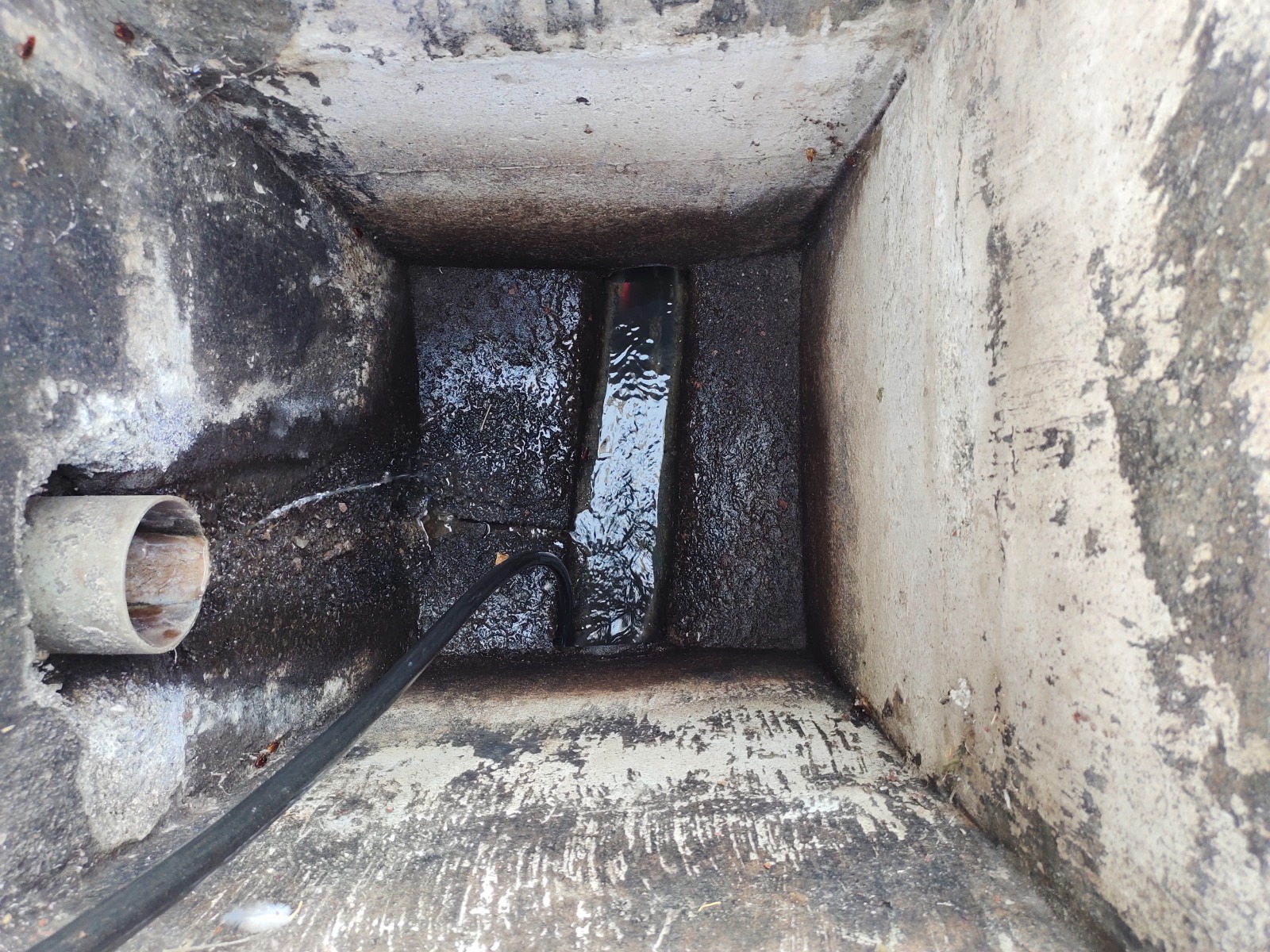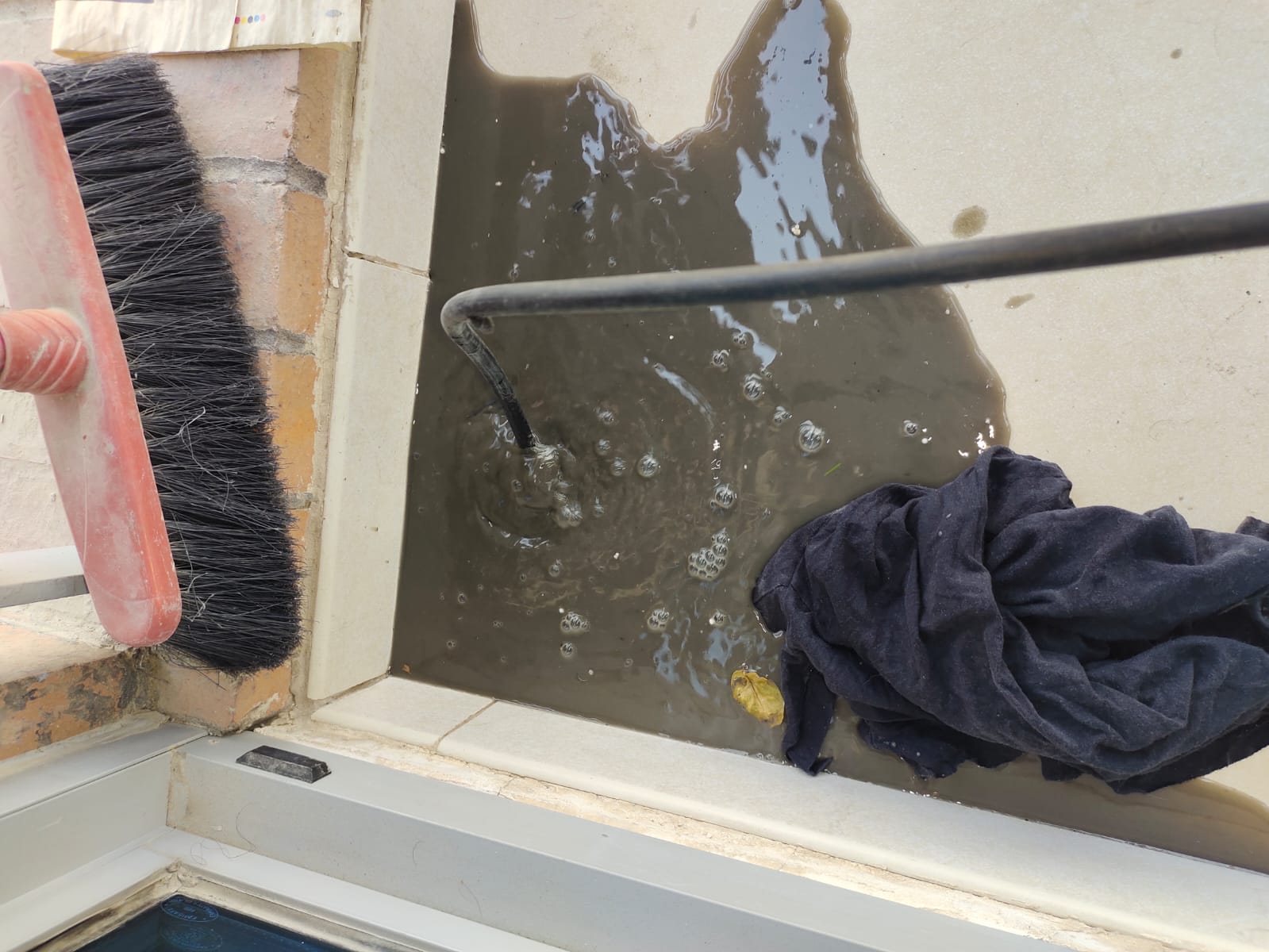Hussain Ahmad Technical Services LLC
Hussain Ahmad Technical Services LLC, 22 Street, Near Al Quoz Industrial Area 4, Al Quoz, UAE, 83902
Since : 2015
Hussain Ahmad Technical Services LLC, 22 Street, Near Al Quoz Industrial Area 4, Al Quoz, UAE, 83902
Since : 2015
Worktable and workstation door works are essential components for many industries and businesses that require efficient and secure working environments. From commercial office spaces to industrial settings, these structures provide the backbone of workspace organization and functionality. In the UAE, a fast-growing hub of business and industry, the demand for high-quality, reliable worktable and workstation door solutions continues to rise.
Worktable and workstation door works refer to the construction, customization, installation, and maintenance of worktables and doors that are part of workstations. These elements are typically designed for commercial or industrial use, offering practical solutions to ensure seamless workflow, security, and space efficiency. Worktable structures serve as the foundational furniture for various tasks, while workstation doors may provide access control, privacy, or separation between different working zones.
1. Hussain Ahmad Technical Services LLC
22 Street, Near Al Quoz Industrial Area 4, Al Quoz,
UAE, 83902
2. Al Futtaim Engineering & Technologies
P.O. Box 152, Dubai, UAE
3. Kitcherama Technical Services LLC
Al Qusais Industrial Area 2, Dubai, UAE
4. Techzone Technical Services
Al Qouz Industrial Area 1, Dubai, UAE
5. Gulf Technical Services LLC
Al Nahda, Sharjah, UAE
6. Silver Star Technical Services LLC
Ras Al Khor Industrial Area 3, Dubai, UAE
7. Majestic Technical Services
Jebel Ali Industrial Area, Dubai, UAE
8. Newtech Technical Services LLC
Sheikh Zayed Road, Dubai, UAE
9. Modern Gulf Technical Services
Mussafah Industrial Area, Abu Dhabi, UAE
10. Prime Tech Solutions
Al Quoz Industrial Area 3, Dubai, UAE
.
Creating an efficient and productive workspace starts with designing functional and well-constructed worktables and workstation doors. These two components are essential for setting up a productive environment in various settings, including offices, factories, workshops, and home-based workspaces.
A well-designed worktable is crucial for improving productivity, ergonomics, and overall comfort. The right workstation doors complement this by offering accessibility, security, and aesthetic value. The combination of these elements enhances the workflow, minimizes distractions, and provides a professional atmosphere.
Worktables should be designed with the user's specific needs in mind, ensuring enough space, appropriate height, and durability. Doors for workstations should offer smooth operation, space optimization, and noise control where needed.
The material of both worktables and workstation doors can affect longevity, maintenance, and aesthetics. Popular materials include wood, metal, glass, and laminates for their respective benefits, such as durability, ease of cleaning, and aesthetic appeal.
Customization allows for designing worktables and doors tailored to the user's unique needs, such as storage features, adjustable heights, lockable doors, and soundproof options for workstation doors.
There are several types of worktables, each designed for specific tasks or environments. Here’s a breakdown of some common types:
1. Utility Worktable
A basic, all-purpose table used for general tasks like crafting, cooking, or assembling items. Often found in kitchens, workshops, or offices.
2. Adjustable Worktable
These tables have adjustable height settings, allowing the user to change the table's height according to their comfort or task requirements. These are commonly used in workplaces and workshops.
3. Workbenches
Typically used in industrial settings, workbenches are sturdy tables equipped with tools and storage areas for tasks like carpentry, welding, or electronics assembly.
4. Craft Tables
Designed for art or craft-related activities, these tables often include storage space for supplies and sometimes have built-in features like light or cutting mats.
5. Drafting Tables
These are adjustable worktables, mainly used for drawing or design work. The tabletop can be tilted to different angles for comfort.
6. Standing Desks/Worktables
Designed for users who prefer standing over sitting, these tables are height-adjustable to suit standing work, often found in office environments.
7. Laboratory Worktables
These are specialized worktables used in labs, featuring durable, chemical-resistant surfaces. They may include sinks, drawers, and spaces for scientific tools.
8. Kitchen Worktables
Typically found in commercial kitchens, these tables are designed for food preparation, with a focus on hygiene, storage, and durability.
9. Computer Worktables
These are designed for computer workstations and often feature built-in cable management, keyboard trays, and other ergonomic features to support long periods of sitting.
10. Heavy-Duty Worktables
Built for large-scale tasks, such as heavy machinery repair, or large crafting projects, these tables are made from strong materials like steel or reinforced wood to bear heavy loads.
11. Ergonomic Worktables
These are designed to reduce strain on the body during prolonged tasks. They may be adjustable and come with features like footrests, easy-to-reach drawers, or angled surfaces for better posture.
12. Modular Worktables
Modular worktables are flexible and can be configured in various ways to suit different needs. They are often used in spaces that require customization, such as warehouses, classrooms, or workshops.
When choosing a door for a workstation, there are various types that serve different purposes based on the design, functionality, and space available. Here are some common types of workstation doors:
A well-organized and ergonomic workspace promotes better focus and efficiency, helping users get more done in less time.
Adjustable worktables and well-designed doors ensure that workers have comfortable access to their workspace, minimizing fatigue and physical strain.
Choosing quality materials for both worktables and workstation doors ensures long-lasting use with minimal upkeep.
Q1: What factors should I consider when choosing a worktable for my
office?
A: When selecting a worktable, consider ergonomics, space
requirements, durability, and the specific tasks you’ll be performing. Look for
features such as adjustable height, ample surface space, and built-in storage
solutions to keep your workspace organized.
Q2: What is the difference between a worktable and a workstation?
A: A worktable is generally a flat surface where tasks are
performed, while a workstation refers to the entire setup, including the
worktable, seating, storage, and other accessories. A workstation is a more
comprehensive term that includes the workspace's functionality and layout.
Q3: How do I choose the right material for my worktable?
A: The choice of material depends on your workspace’s
requirements. Wooden tables offer warmth and aesthetics, while metal tables are
more durable for heavy-duty tasks. Laminate or glass can provide a sleek,
modern appearance for office spaces.
Q4: Are adjustable standing desks worth the investment?
A: Yes, adjustable standing desks offer health benefits such
as reducing the risk of back pain and increasing energy levels by allowing
users to alternate between sitting and standing positions throughout the day.
Q5: What are the advantages of sliding doors in a workstation?
A: Sliding doors save space and provide a modern, sleek look
to the workstation. They are easy to operate and can be customized in terms of
material and design to fit your office aesthetic.
Q6: How do I maintain my worktable for long-term use?
A: Regularly clean the surface with a mild cleaner and ensure
that it’s free from scratches and dents. For wooden tables, consider polishing
them periodically to maintain their finish. Keep the workspace organized to
avoid overloading the table with unnecessary items.
Q7: Are glass workstation doors a good option for office spaces?
A: Glass doors offer a professional, modern look and create a
sense of openness. They can be customized for privacy by adding frosted or
tinted glass. They are also easy to maintain and provide excellent noise
control when using thicker or laminated glass.
Q8: How do I soundproof a workstation door?
A: You can soundproof a workstation door by using thicker
materials, such as solid wood or insulated metal, or by adding soundproofing
materials such as acoustic panels or seals around the edges of the door.
Q9: Can I customize my worktable for specific needs like storage or
electronics integration?
A: Absolutely! Many worktables can be customized with built-in
storage compartments, cable management systems, and integrated charging ports
to meet specific requirements.
Q10: What are the best types of doors for a shared workspace?
A: Sliding or glass doors are ideal for shared workspaces as
they save space and maintain openness while offering a degree of privacy. If
soundproofing is important, look for doors with acoustic seals or consider
solid wooden doors.

UAE, Al Quoz

UAE, Al Quoz